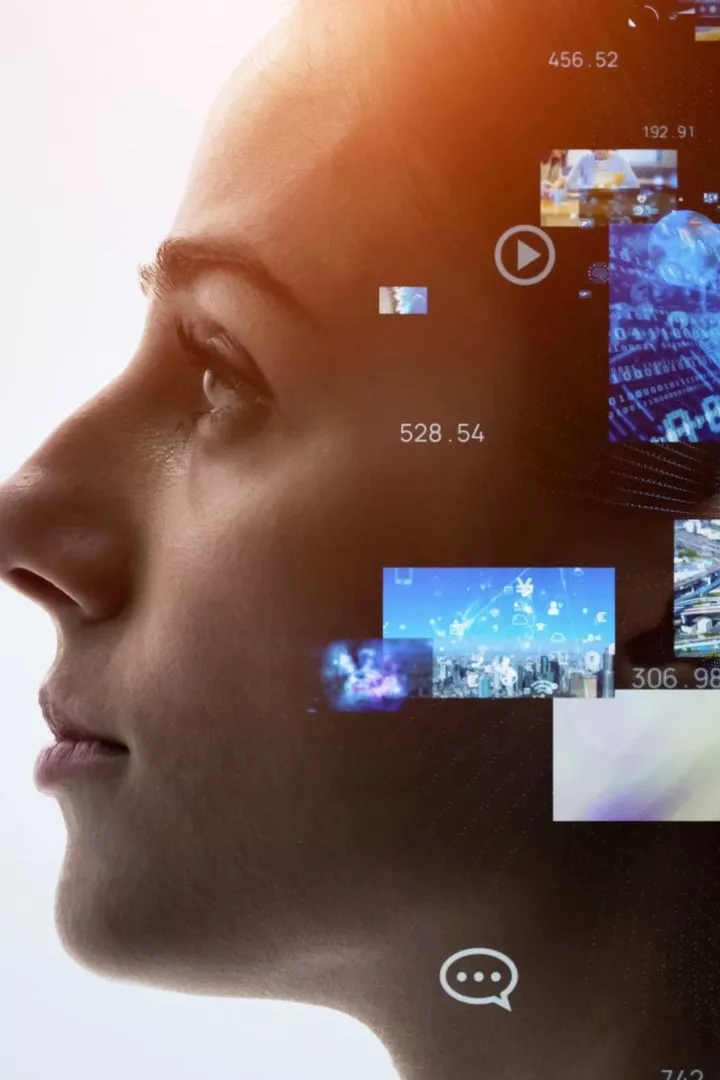

10 study tips for visual learners
These tips can boost your visual learning capability. So take out a notebook and start taking notes.


1. Use visual aids
Use flowcharts, diagrams, images in your notes


2. Use colors
Always color code the important sections.


3. Watch videos
Videos are a great way to grasp information easily.
4. Draw diagrams
Make your own diagrams
5. Use flashcards
Flashcards are amazing for revision
6. Use mind maps
Mind maps are a great way to organise and memorise information.
7. Infographics
Infographics are an excellent aid for visualization.
8. Visualization
Visualization is an excellent way to quickly store information
9. Use real-life examples
Relate what you are studying to real life.
10. Use checklists
Checklists are a great way to make sure you complete all your tasks.
Other Stories
Check out the other stories from Guilt Free Mind.
The Blog
Swipe up to check out the Guilt Free Mind blog
Watch Next
Try to incorporate diagrams, flowcharts, and images into your notes and study materials. The more visual items you have in your study materials, the easier it will be for you to memorize and recall items better and easier.
Color-code your notes and study materials to help organize and categorize information. Don't highlight everything. Only highlight the sections or important points in your notes.
Use educational videos to learn new concepts and reinforce your understanding of course material. Before you begin reading, watch a video corresponding to it. This will make it much easier to understand and remember the details.
Create your own diagrams and visual aids to help you understand and remember key concepts. It does not have to be the same diagram as the one in the book. It can be your own formulation as well.
Create flashcards with images or diagrams to help you memorize important information. You can also use tips and points in your flashcards. Flashcards are a great way to recall previously learned information.
Create mind maps to help you organize and visualize complex information. You can stick these mind maps in the room. Thus, whenever you look at these, you will be able to revise and recall information easily.
Use infographics to summarize and visualize complex data and information. These are amazing alternatives to reading notes and they help better retain the information as well.
Use visualization techniques, such as guided imagery, to help you remember information better. Try to build roads and structures in your mind to better store and recall information.
Always relate what you study to examples present in real life. This will allow you to better compartmentalize the information and move it to long-term memory faster.
Checklists are a great way of keeping tabs on tasks where there are many items to keep tabs on. Thus, add in checklists to make sure you are staying on top of all your tasks and not missing out on anything important.
Do you want to read other web stories like this one? Then click on the tab that says other stories. https://webstories.today/@guilt-free-mind
Guilt Free Mind is a mental health blog primarily focusing on helping people lead more fulfilling and positive lives. If you wish to boost the quality of your present and future, subscribe to guiltfreemind.com.